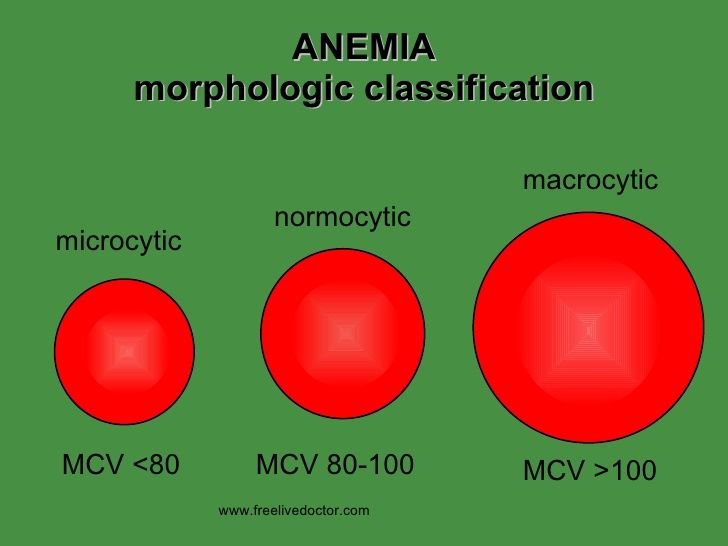Aplastic Anemia Fact Sheet

This essential primer for patients and families on aplastic anemia covers causes symptoms classifications treatments and much more.
Aplastic anemia fact sheet. Anyone can get aplastic anemia but it s more likely to happen to people in their late teens and early 20s and the elderly. The condition leaves you fatigued and more prone to infections and uncontrolled bleeding. The most common cause of bone marrow damage is from your immune system attacking and destroying the stem. Aplastic anemia a plas tik uh nee me uh is a blood disorder in which the body s bone marrow doesn t make enough new blood cells.
Many diseases and conditions can damage the stem cells in bone marrow. Treatment is usually indicated based on the need for transfusions. Males and females have about an equal chance of getting it. It can occur suddenly or it can come on slowly and worsen over time.
As a result the bone marrow makes fewer red blood cells white blood cells and platelets. It makes stem cells that develop into red blood cells white blood cells and platelets plate lets. So if patients who have moderate aplastic anemia need transfusions some sort of treatment is usually recommended. Aplastic anemia occurs because of damage to stem cells inside bone marrow which is the sponge like tissue within your bones.
A rare and serious condition aplastic anemia can develop at any age. Bone marrow is a sponge like tissue inside the bones. Aplastic anemia is a condition that occurs when your body stops producing enough new blood cells. Free patient guides and fact sheets.














































